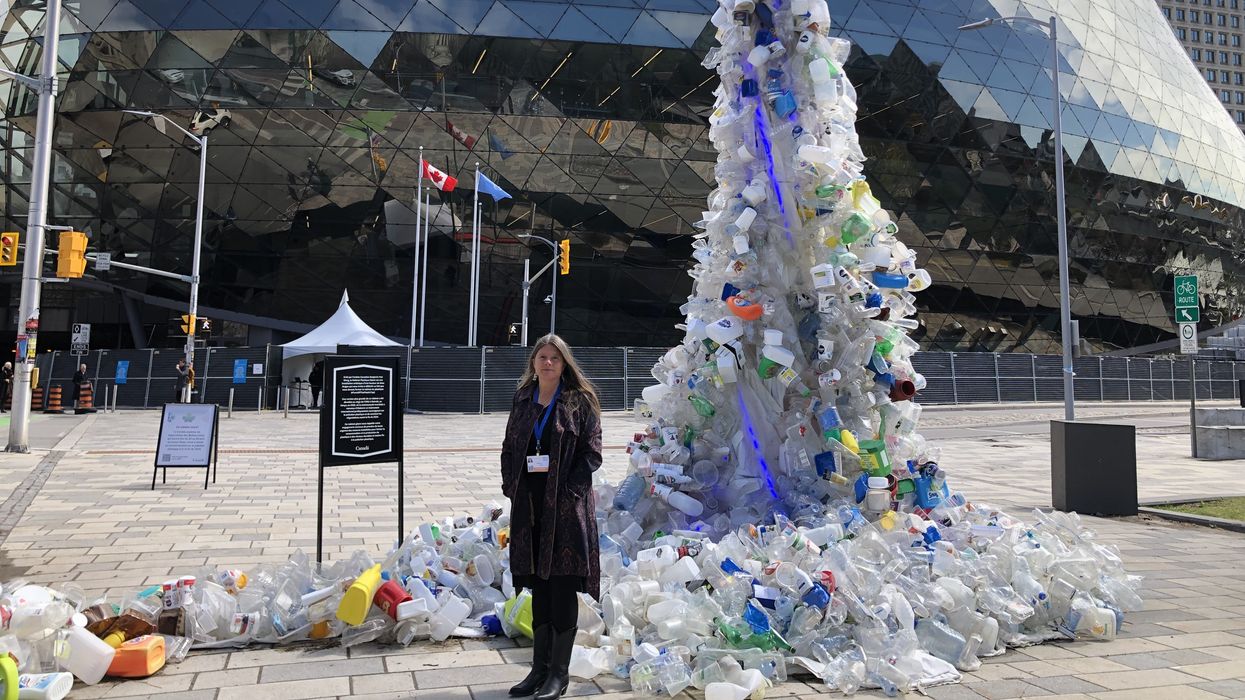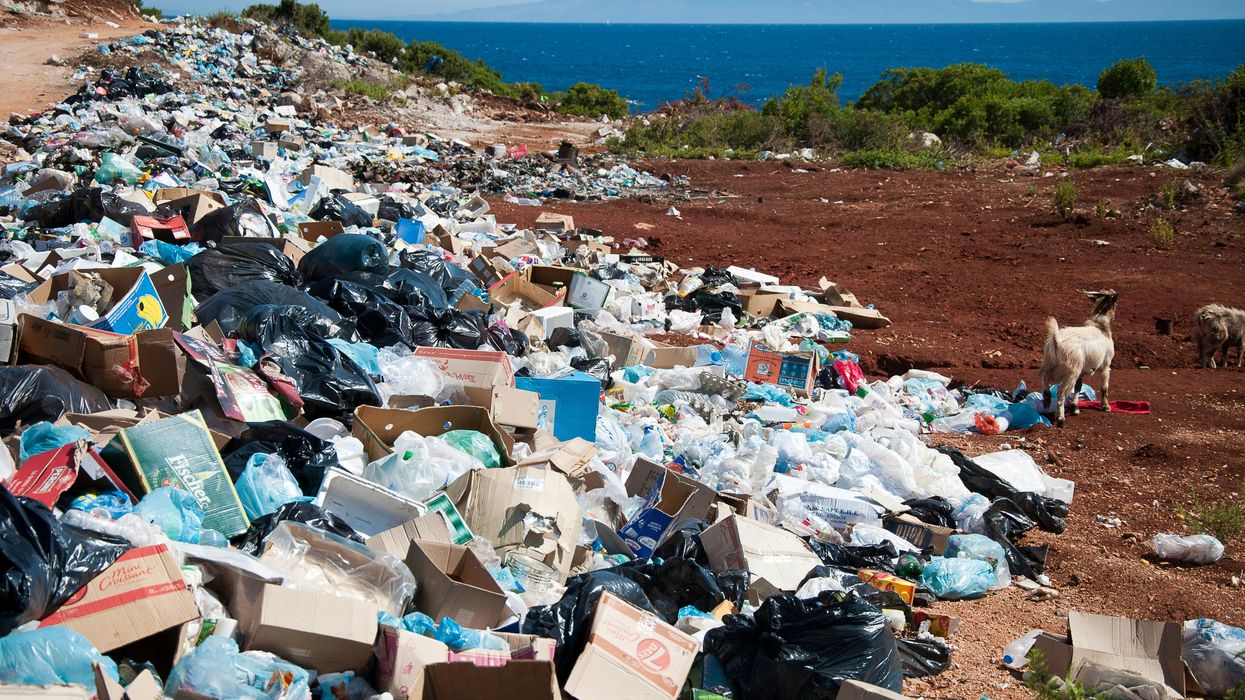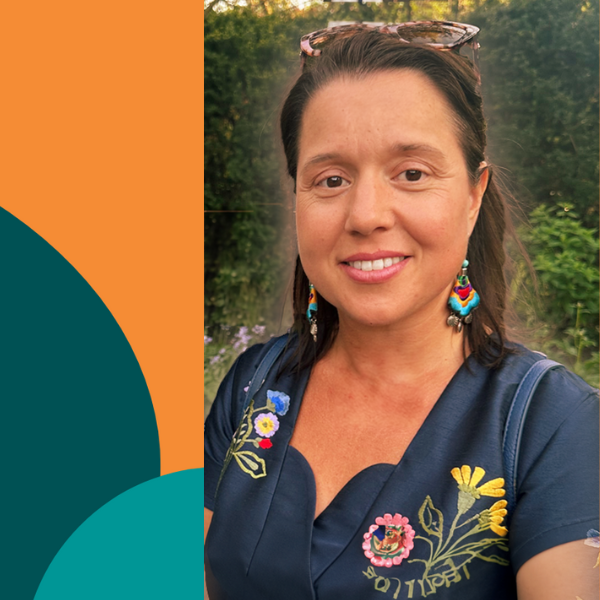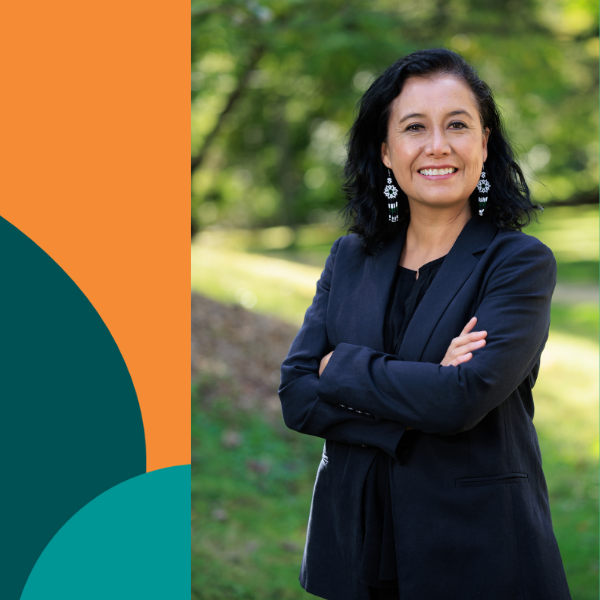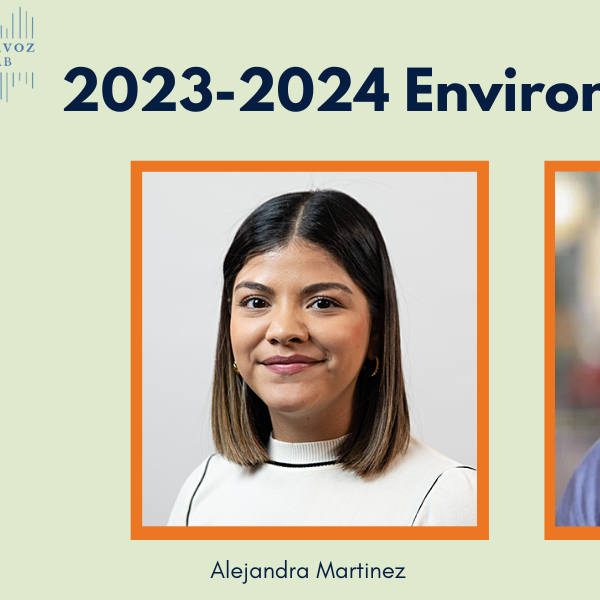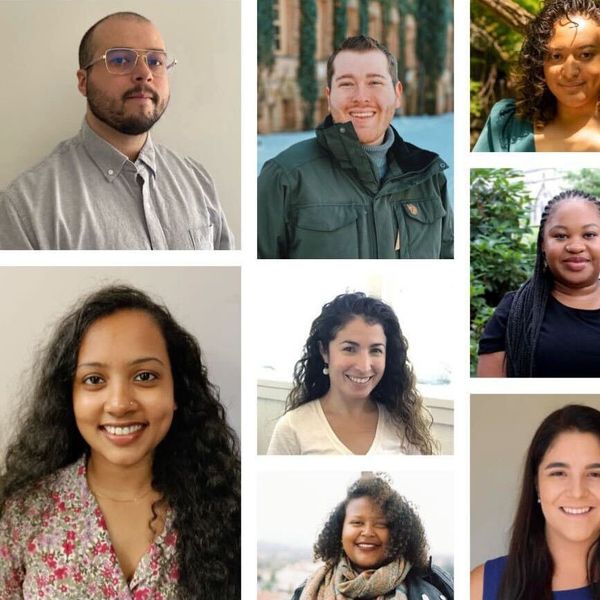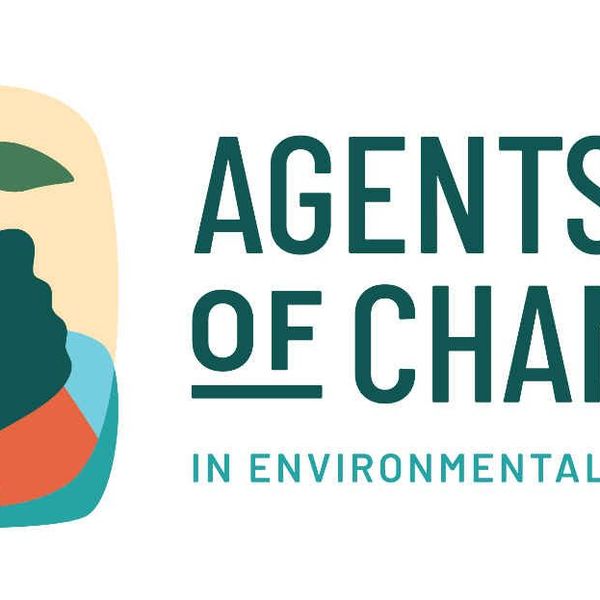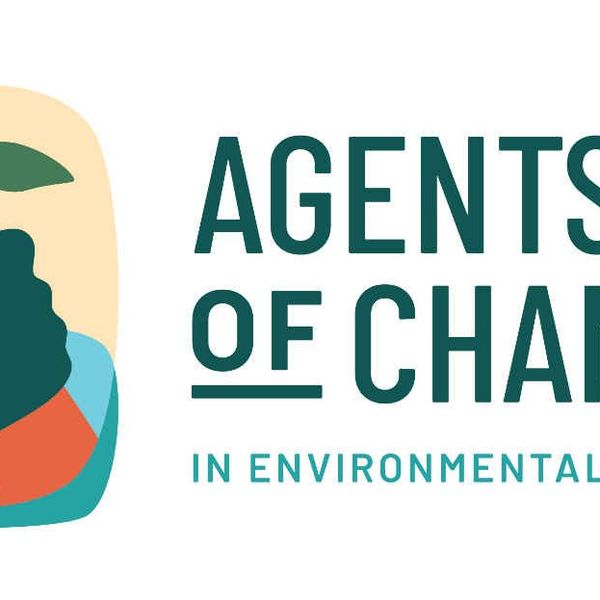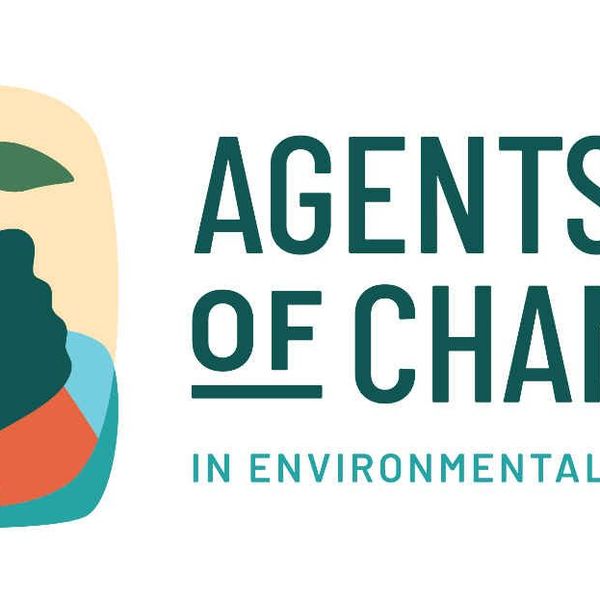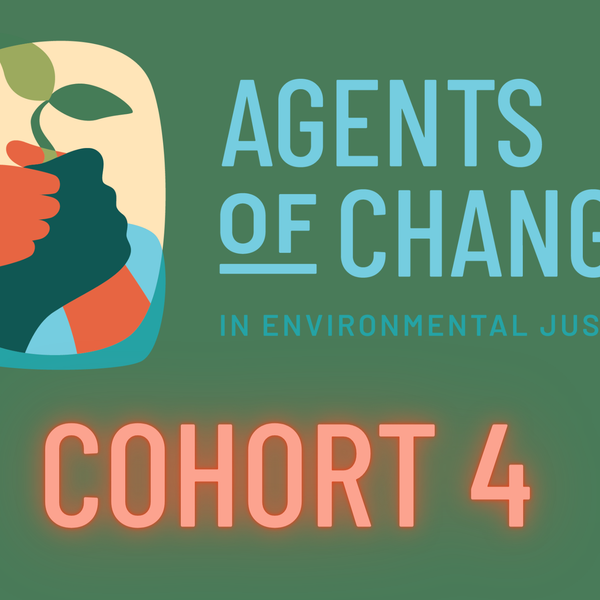From 2016 to 2017 I lived in the D.C.-Maryland-Virginia area studying at The George Washington University. I witnessed the gentrification, subtle ethnic cleansing, and displacement of neighborhoods of color from one of the historically blackest cities in America.
I would frequent the Navy Yard and remember a vivid mural of a Black family on a wall in a playground—it became a landmark for me. In the summer of 2019, that mural was gone and replaced by a new development project, and, as time goes by, my memory of this neighborhood gets more distorted.
This essay is part of "Agents of Change" — see the full series
It's not just DC: Cities such as New York City, Detroit and San Francisco are undergoing this ironic trend in migration and development counter to the days of White Flight, redlining, and exclusionary zoning in America. These communities—historically burdened by toxic waste facilities—are now filled with people who originally relegated marginalized groups to these areas.
To be blunt, Black and brown families in major cities are being displaced and replaced by an influx of usually White, affluent, college-educated migrants under the guise of urban revitalization. The displacement of these communities also changes the visible history of the urban landscapes through the erasure of murals, historic landmarks, statues, and the culture of a community.
This essay is also available in Spanish
Gentrification isn't necessarily the issue; the displacement and pervasive erasure of long-time residents, their culture, and their exclusion from the decision-making processes of their community is the issue. This is a public health priority as housing stability and quality is a strong indicator of overall health and well-being.
Environmental health leaders have a critical role to play in righting this wrong.
Fancy coffee, high priced condos and displacement
Equipped with high-priced coffee, restaurants, and densely packed, high-end 1 and 2-bedroom apartments and condos with faux lawns for pets, cities are informally evicting long-standing families who need and want 3 or 4-bedroom homes. Real estate companies continue to deconstruct and rebrand a community's identity like Harlem—a touchstone of Black culture in New York City and the U.S.—while few communities are able to push back.
In Harlem, for example, real estate developers attempted to rebrand part of Harlem as 'SoHa,' which is a nod to the rich Soho neighborhood.
Those unable to fight leave remnants of culture, which ultimately are destroyed or fetishized and appropriated by new inhabitants with their stamp of approval.
Some argue that the reduction of blight within a community and improvement in resources—such as parks, bike lanes, renovated housing, and job opportunities—are all reasons to support this practice.
But is it really helping a community if residents are forced to leave instead of supported to grow within these neighborhoods? Is it sustainable growth when residents with lower incomes are swapped for residents with higher salaries?
Those displaced are often thrown into a cycle of instability and forced to combat disruptions in health care access, loss of community support networks, and additional financial and mental distress.
For those residents and communities able to survive the onslaught of gentrification and displacement, they often face overcrowded and substandard housing, loss of community services and institutions, and financial distress due to increased costs of living.
Preserving identity through policy

Waverly Place in Chinatown, San Francisco. (Credit: Russell Mondy/flickr)
However, even in the booming San Francisco Bay Area, it doesn't have to be this way: San Francisco's Chinatown is one of the few communities that has been able to preserve its identity and residents. This neighborhood, as well as several other "Chinatowns" around the country, was formed as a response to discriminatory policies dating back to the 1880's with the Chinese Exclusion Act.
In 1986, the Chinatown Rezoning Plan was implemented to protect the community from being re-designed by property developers. For example, by designating the area as mixed-use, Chinatown was unique from the rest of downtown since it included both residential and commercial development.
This policy blocked developers from repurposing the land strictly for commercial use (e.g. office buildings), or high-rise condos. At that time, most buildings in Chinatown were places where shopkeepers worked and lived. This policy allowed for the community to uphold its structure of mixed-use living.This rezoning plan also set height limits on buildings within the area, banned demolition unless it was deemed to protect public safety, and banned the conversion of residential buildings into other uses.
These efforts, in addition to many others along the way, placed residents ahead of economic growth and allowed median rents in Chinatown to stay relatively low over the past two decades. The result has been a community that retains its culture and its people.
Unfortunately, the current federal administration plans are focused on property and economic development, not on the community and its residents.
Securing a just transition
President Trump's 2019 executive order to establish a council on eliminating Barriers to Affordable Housing Development will worsen this problem. This plan seeks to reverse many of the policies which protected Chinatown, and place affordable units in already historically low-income communities isolated from more affluent neighborhoods.
Many scientists and policymakers have already documented that if developers build affordable housing solely in historically low-income communities, they would become more segregated and experience greater disparities in resources. This would only reinforce wealth gap inequities by keeping low-income families out of higher-income social networks, segregating them from knowledge and practices that can improve their wealth and informal education.
Black and brown residents in low-income, economically unstable communities need more than just affordable homes; they need support to grow with their evolving environment. They need: training for the new jobs that are coming into their neighborhoods; affordable grocers; improved, affordable public transit; and financial resources as costs continue to outprice their incomes.
These families deserve a just transition as they were historically left out of city planning for economic development due to discriminatory programs.
Since moving from DC, I am now a PhD student at the University of Minnesota. As a health professional, I feel that my colleagues and I have a responsibility to approach the threat of displacement as a public health priority. This is our point of interjection of the status quo dialogue.
We as environmental health leaders need to be advocates for rapid change as these issues persist and grow. We need to be stewards of the public and demand greater accountability from those in office and in positions of power who can implement policies, laws, regulations and programs at the state and federal level.
We need to demand and establish anti-displacement and restorative justice programs for historically disenfranchised communities that want to stay in their homes despite pressures from private development.
We need to offer grassroots services to community organizations where we listen to communities, educate as needed, and help mobilize communities who are at risk of displacement by collaborating to help them stay in and improve their communities from the ground up in their vision.
We need to echo and amplify community's voices.
We don't need more research to understand the benefits of housing stability and protections from displacement.
What we collectively need to demand now is tangible action and change.









